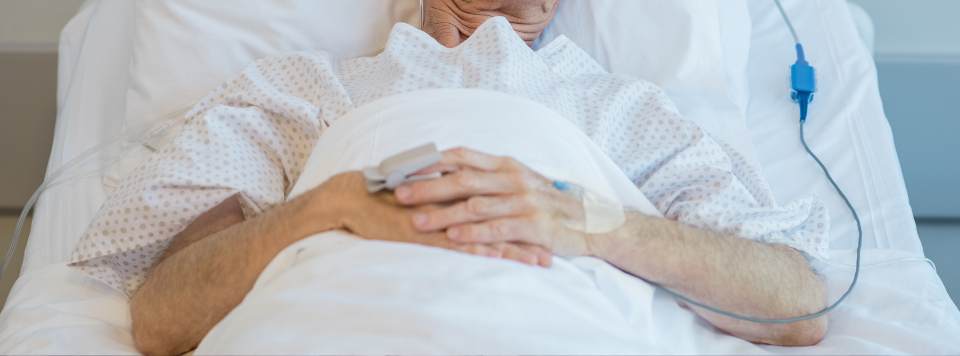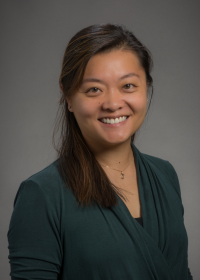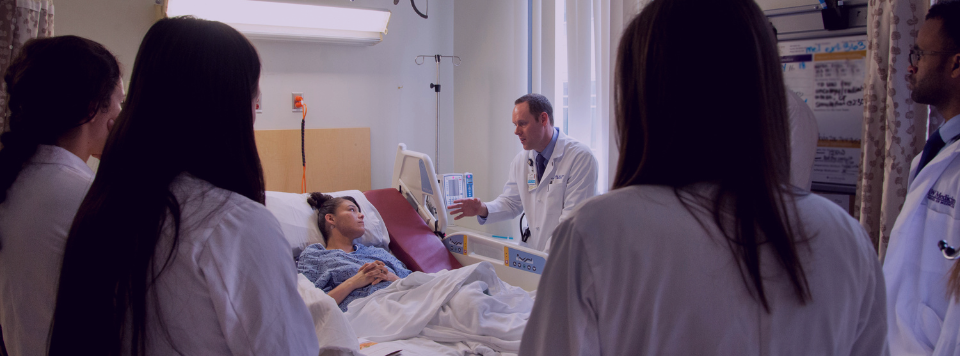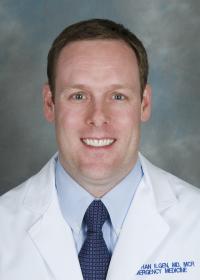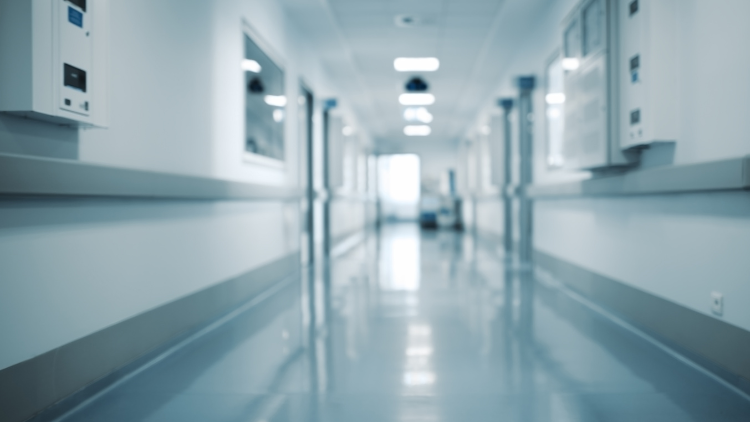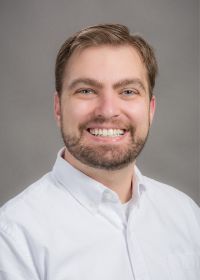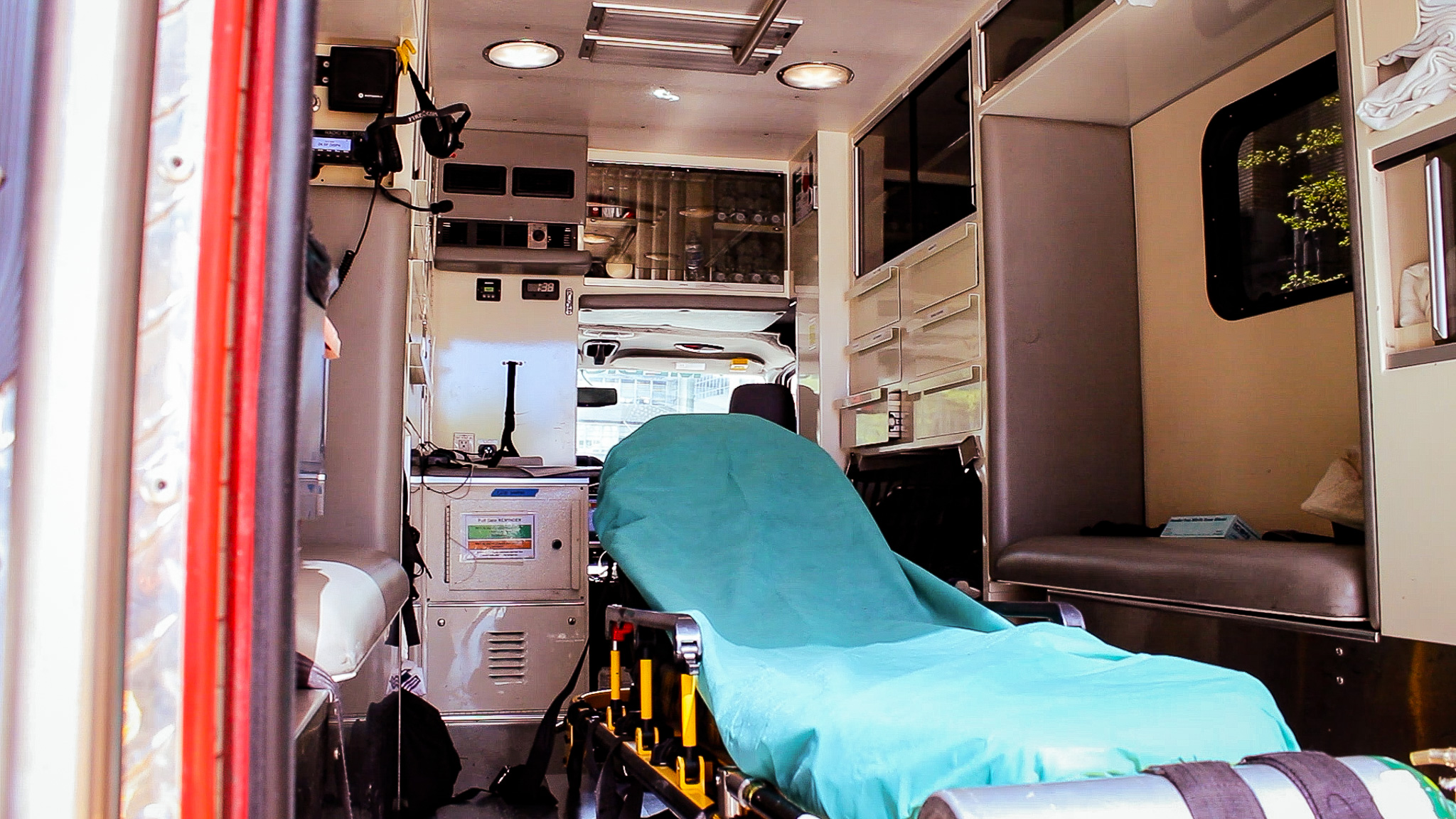
UW Emergency Medicine partners with Seattle Fire to bring opioid treatment to the streets
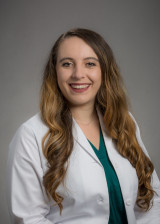
Since launching a groundbreaking pilot in Seattle, first responders have administered more than 100 doses of buprenorphine in the pre-hospital setting. This milestone reflects a growing partnership between the Department of Emergency Medicine and the Seattle Fire Department (SFD), advancing care for opioid use disorder on the front lines.
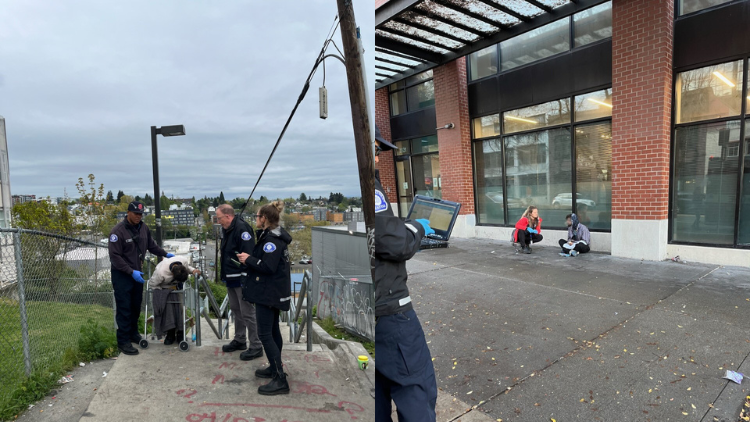
Under the pilot program, specially trained SFD paramedics began administering buprenorphine in the field in 2024. The program works in tandem with Health 99, a post-overdose response team with its own unit staffed by a case manager and two firefighter EMTs, who are now also trained to administer buprenorphine. Together, the two programs have administered 101 doses so far.
“People who are experiencing overdose—oftentimes, when they get Narcan—they wake up and feel really sick,” said Dr. Kira Gressman, a third-year emergency medicine resident who works with Health 99. “Previously, there weren’t many tools to help in that moment. The fact that we can now deliver this life-saving medication right then and there is a huge opportunity for people who previously couldn’t access resources.”
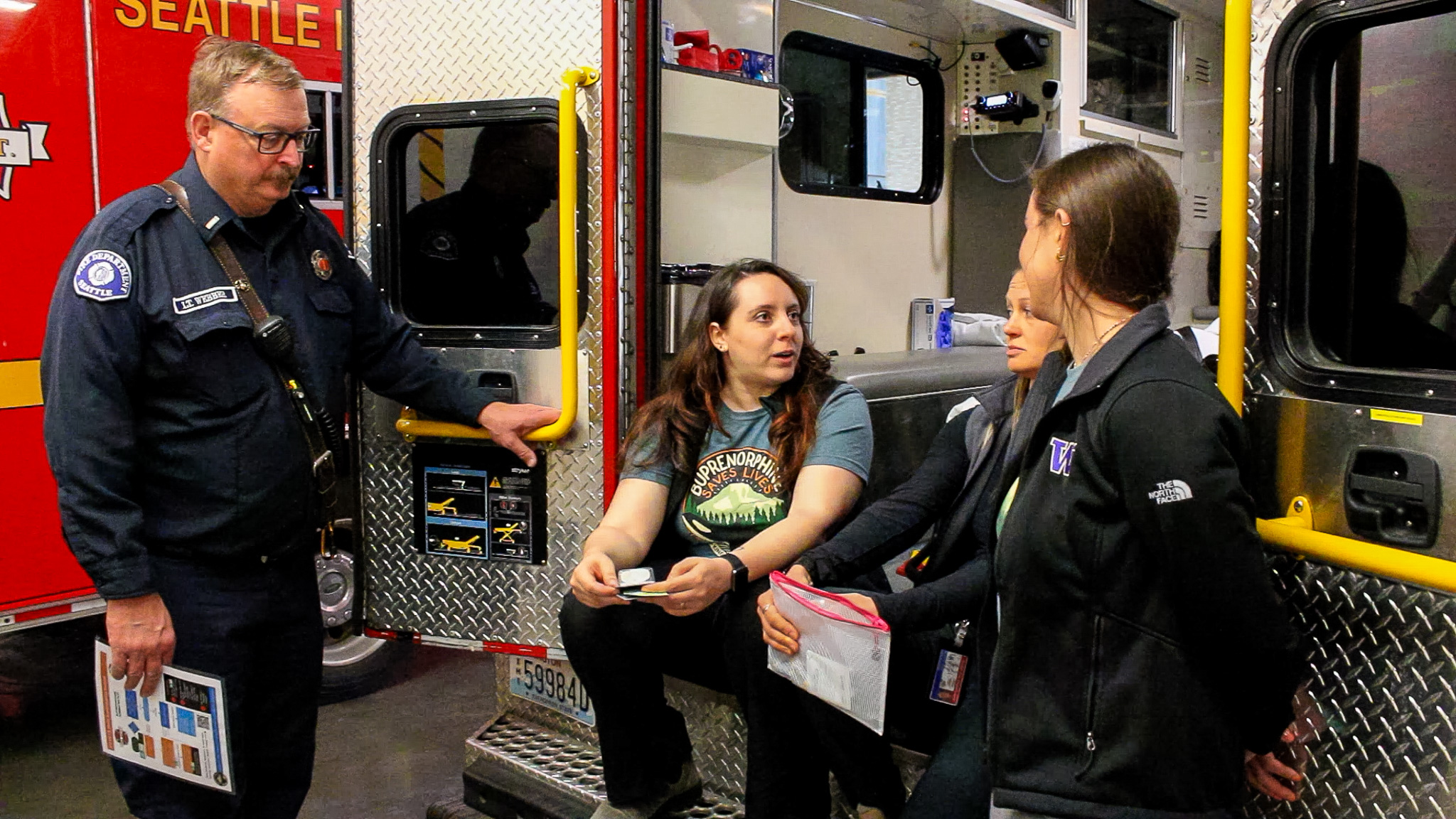
Gressman began riding with Health 99 in 2023. She later received a training award from NIDA and the Society for Academic Emergency Medicine Foundation to study how the care process could be improved.
“It’s about identifying where people may be falling through the cracks at each step."
In addition to leading that quality improvement work, Gressman helped shape clinical protocols, develop field trainings, and guide the program’s direction. One key takeaway: Many patients may be better served outside the emergency department.
“Some people really need to go to the ED because of other medical needs,” Gressman explained. “But now, with Health 99, we can assess whether someone would benefit more from an alternative aligned with their goals.”
Case manager Riley De Hoog said Gressman’s involvement has been critical.
“Kira has meant so much to this program. She helped us figure out how to give this medication safely, how to talk about it, and how to build the right partnerships,” said De Hoog. “She came in and advised us on Suboxone and brought that medical framework we needed.”
Gressman also trained EMS teams to use the Clinical Opiate Withdrawal Scale (COWS), a more reliable tool than self-reported symptoms.
“We initially worried that scoring withdrawal in the field would be too complicated,” she said. “But opioid withdrawal can mimic stimulant intoxication, so COWS gave us a better tool. Our simulated case trainings really helped teams feel confident.”
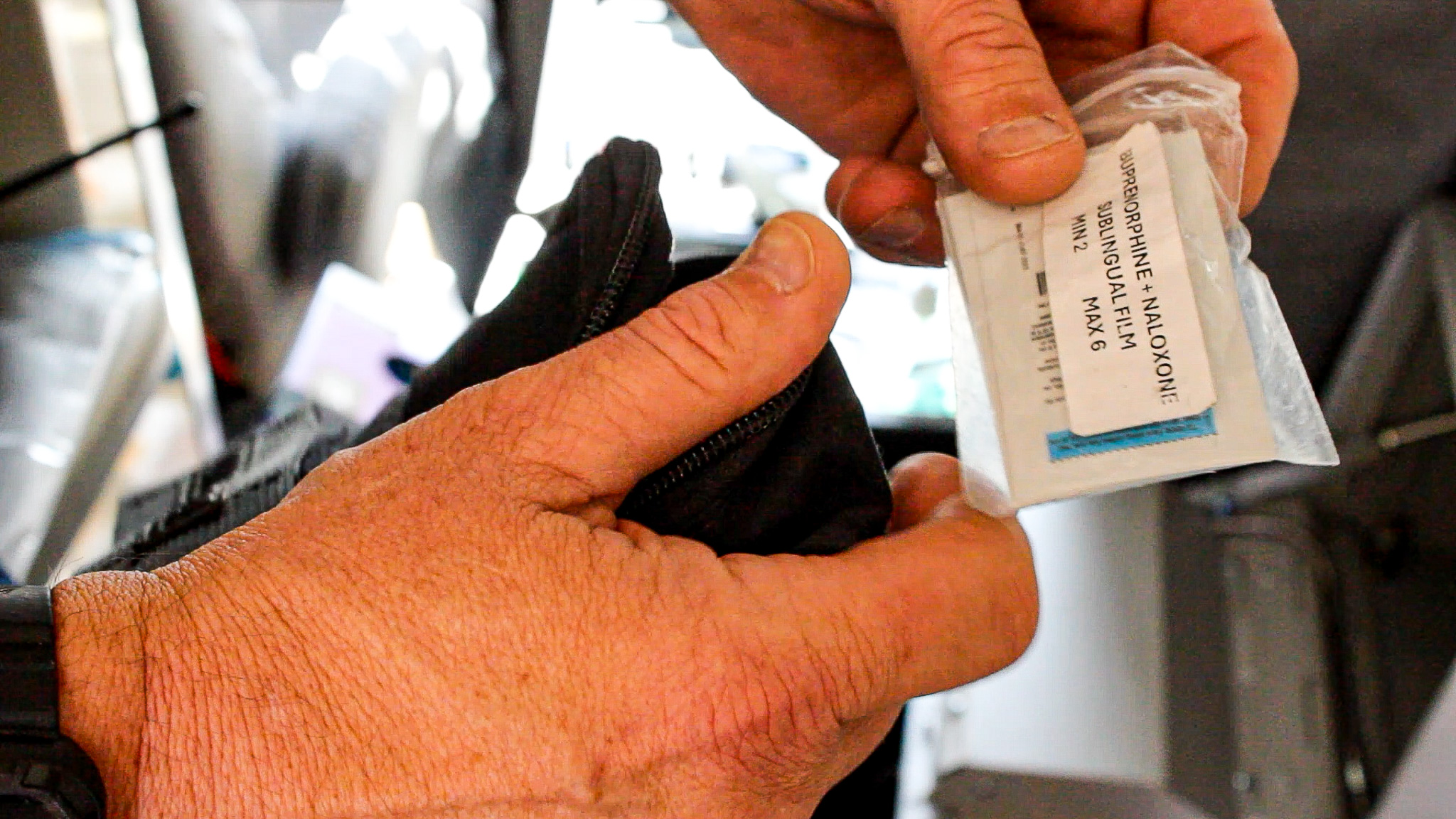
Thanks to the leadership of Dr. Michael Sayre, Medical Director for the Seattle Fire Department, and strong collaboration with UW emergency physicians, Seattle recently became one of the first cities to deliver buprenorphine at the Basic Life Support (BLS) level. Additionally, Health 99 now has a follow-up unit to continue care for patients.
These efforts are expanding access and building critical infrastructure to respond to the opioid crisis in Seattle. Dr. Callan Fockele, a clinical assistant professor in the Department of Emergency Medicine, will serve as Senior Medical Lead for the soon-to-open DESC Opioid Recovery and Care Access (ORCA) Center, which will offer 24/7 evidence-based treatment, including sublingual and long-acting buprenorphine and methadone.
“We’re really excited to continue this partnership with the UW Department of Emergency Medicine,” said Fockele. “Trainees and faculty are involved not just in clinical care, but in the research as well.”
Looking ahead, Gressman is developing a framework to help other EMS agencies replicate the model across Washington and beyond. She’s incorporating input from people with lived experience to keep the program trauma-informed and rooted in real needs.
“We’ve learned so much already,” said Gressman. “Now we’re building the roadmap so other communities can do the same. This is a huge opportunity, not just to treat withdrawal, but to open doors to shelter, food, recovery, and dignity.”




